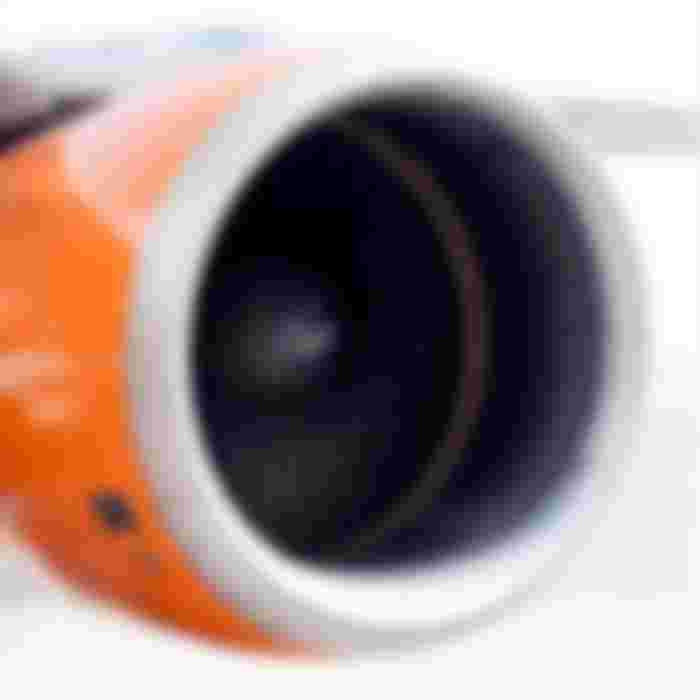Here’s how jet engines work in few sentences!
Hi there readers! I know I promised for a new post last weekend but sadly I’ve been very busy and I’m truly sorry! I hope you enjoy this one! Now let’s find out how jet engines work!

For a jet going slower than the speed of sound, the engine is moving through the air at about 1000 km/h (600 mph). We can think of the engine as being stationary and the cold air moving toward it at this speed.
A fan at the front sucks the cold air into the engine and forces it through the inlet. This slows the air down by about 60 percent and its speed is now about 400 km/h (240 mph).
A second fan called a compressor squeezes the air (increases its pressure) by about eight times, and this dramatically increases its temperature.
Kerosene (liquid fuel) is squirted into the engine from a fuel tank in the plane's wing.
In the combustion chamber, just behind the compressor, the kerosene mixes with the compressed air and burns fiercely, giving off hot exhaust gases and producing a huge increase in temperature. The burning mixture reaches a temperature of around 900°C (1650°F).
The exhaust gases rush past a set of turbine blades, spinning them like a windmill. Since the turbine gains energy, the gases must lose the same amount of energy—and they do so by cooling down slightly and losing pressure.
The turbine blades are connected to a long axle (represented by the middle gray line) that runs the length of the engine. The compressor and the fan are also connected to this axle. So, as the turbine blades spin, they also turn the compressor and the fan.
The hot exhaust gases exit the engine through a tapering exhaust nozzle. Just as water squeezed through a narrow pipe accelerates dramatically into a fast jet (think of what happens in a water pistol), the tapering design of the exhaust nozzle helps to accelerate the gases to a speed of over 2100 km/h (1300 mph). So the hot air leaving the engine at the back is traveling over twice the speed of the cold air entering it at the front—and that's what powers the plane. Military jets often have an after burner that squirts fuel into the exhaust jet to produce extra thrust. The backward-moving exhaust gases power the jet forward. Because the plane is much bigger and heavier than the exhaust gases it produces, the exhaust gases have to zoom backward much faster than the plane's own speed.

In brief, you can see that each main part of the engine does a different thing to the air or fuel mixture passing through:
Compressor: Dramatically increases the pressure of the air (and, to a lesser extent) its temperature.
Combustion chamber: Dramatically increases the temperature of the air-fuel mixture by releasing heat energy from the fuel.
Exhaust nozzle: Dramatically increases the velocity of the exhaust gases, so powering the plane.
Thank you and I hope you enjoyed reading this one! I’m trying to get a new post published tomorrow so please subscribe so you don’t miss it!


It was interesting, but please add pictures. Its hard to imagine. I know, there is plenty of pictures on internet about this. But showing each part with the explanation (what each part of the jet engine is doing) would be more interesting.